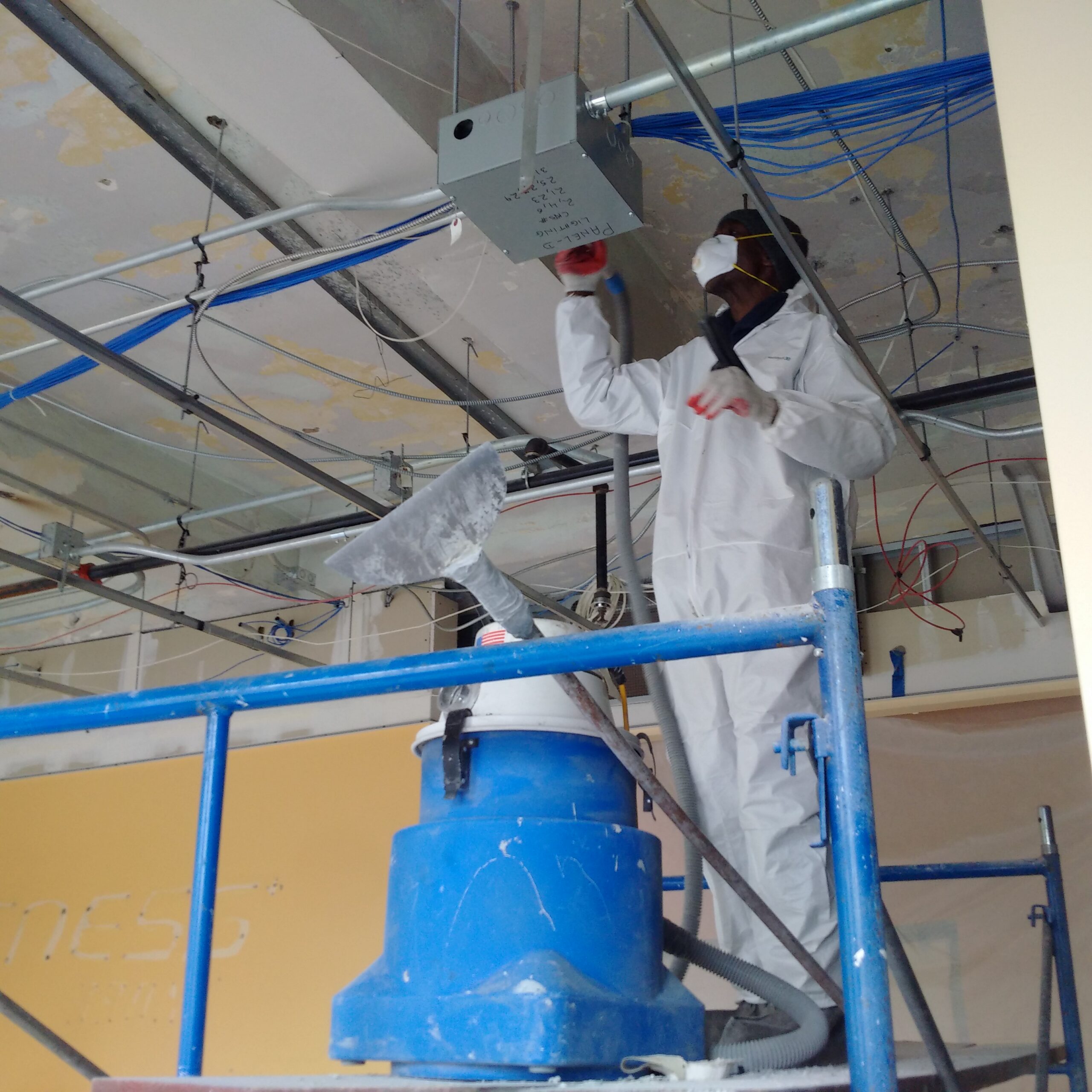Finest Practices for Ensuring Safe and Complete Lead Violation Reduction
Attending to lead infraction abatement calls for a multi-faceted approach to make certain both safety and security and conformity. It's the final clearance process, involving comprehensive inspections and laboratory screening, that absolutely verifies a lead-free environment, guaranteeing long-term safety and security. Just how do these methods interconnect to guarantee thorough lead reduction?

Preliminary Assessment
Carrying out an initial analysis is an essential primary step in lead offense abatement. This stage includes a detailed evaluation of the property to determine the presence, extent, and details places of lead-based threats. Certified professionals, such as licensed lead inspectors or take the chance of assessors, ought to execute a thorough website inspection, making use of tools like X-ray fluorescence (XRF) analyzers to precisely detect and gauge lead concentrations in paint, dust, dirt, and water.
The assessment has to also consist of a review of the structure's background, previous reports, and any kind of complaints or health and wellness concerns reported by residents - Lead Removal Contractors. Recording the searchings for carefully is crucial, as these documents form the basis for establishing a reliable abatement technique. A thorough evaluation likewise entails sampling and laboratory evaluation, which are essential to confirm the existence of lead and guide subsequent actions
In addition, it is crucial to connect the results transparently to all stakeholders, including homeowner, renters, and governing authorities. By guaranteeing that the first assessment is carried out with accuracy and rigor, professionals can lay a solid foundation for a targeted and efficient lead abatement process, eventually guarding public health and wellness and making sure conformity with governing criteria.
Correct Control
Correct control is critical to avoid the spread of lead pollutants during abatement activities. Effectively managing control minimizes the threat of lead dirt and debris migrating to non-work areas, thereby safeguarding both the setting and individuals outside the prompt job zone. To achieve proper control, a closed obstacle of plastic sheet must be developed around the workplace, ensuring all seams and sides are firmly secured. Lead Removal Contractors. This barrier should expand from flooring to ceiling and be taped to prevent any type of leaks.

Regular assessments of the containment area are required to check for breaches or weaknesses in the obstacle. Any recognized issues should be without delay addressed to maintain the stability of the containment. By sticking to these methods, reduction projects can properly manage lead contamination and mitigate affiliated wellness risks.
Worker Protection
Guaranteeing employee defense is vital throughout lead abatement tasks to prevent occupational exposure to unsafe lead particles. Vital measures consist of the usage of personal protective equipment (PPE) such as respirators, handwear covers, and full-body matches particularly developed to obstruct lead dirt and fumes. Employees should go through thorough training on the correct usage and upkeep of PPE, consisting of healthy testing for respirators home to ensure maximum efficacy.
Design controls, such as local exhaust air flow systems, are important in lessening airborne lead focus in the job environment. Management controls must likewise be carried out, consisting of restricting the duration of exposure and turning workers to decrease specific exposure times. Regular clinical monitoring and biological monitoring are indispensable for early detection of lead absorption, making it possible for prompt intervention and therapy.
Furthermore, establishing a decontamination protocol is vital. Workers must adhere to stringent decontamination treatments prior to breaks and at the end of their change to avoid lead dirt from being lugged outside the work area. This includes complete hand and face cleaning with lead-specific cleansing agents and altering out of polluted clothes.
Precise Cleanup
Preserving a safe work setting prolongs past worker protection and incorporates careful clean-up to make sure lead fragments are extensively removed from the site. The process of meticulous clean-up is crucial in preventing the recontamination of the abated area and securing both present and future passengers.
To achieve a comprehensive cleaning, all workplace need to be systematically decontaminated. This includes making use of specialized HEPA (High-Efficiency Particulate Air) vacuum cleaner cleansers and wet-wiping strategies to capture and remove fine lead dirt that may have decided on surfaces. It is imperative to clean up all horizontal surface areas, consisting of floors, home window sills, and counter tops, as well as vertical surface areas that might have trapped lead fragments.
Workers should wear proper individual safety tools (PPE) throughout cleanup to stay clear of exposure to recurring lead dirt. Used cleansing materials such as wipes, sponges, and mop heads must be thrown away in conformity with harmful waste disposal guidelines.

Final Clearance
Final clearance is the important wrapping up phase of lead reduction that determines whether the site is secure for reoccupation. This critical action entails thorough examination and screening to confirm that all lead risks have actually been properly eliminated. The have a peek at these guys procedure begins with a visual assessment by a licensed lead-based paint inspector or danger assessor to make sure get more no noticeable dust or particles stays. This is complied with by collecting dirt wipe examples from different surface areas, including floors, windowsills, and other horizontal surfaces. Lead Removal Contractors.

Last clearance testing not only secures future passengers but also ensures conformity with neighborhood, state, and federal policies. Furthermore, it functions as a documented recognition of the reduction service provider's adherence to sector ideal methods. Guaranteeing a comprehensive and effective final clearance is necessary in safeguarding public health and wellness and cultivating rely on the abatement process.
Verdict
Guaranteeing risk-free and thorough lead infraction reduction necessitates a diverse technique encompassing preliminary analyses with innovative detection techniques, reliable control strategies, strict worker defense protocols, and careful cleaning treatments. The last clearance stage, including thorough inspections and lab testing, is essential to verify conformity with EPA criteria. Adherence to these best methods assures a safe environment for residents, reduces health and wellness risks, and maintains regulatory needs, therefore promoting public health and safety and security in lead-affected locations.